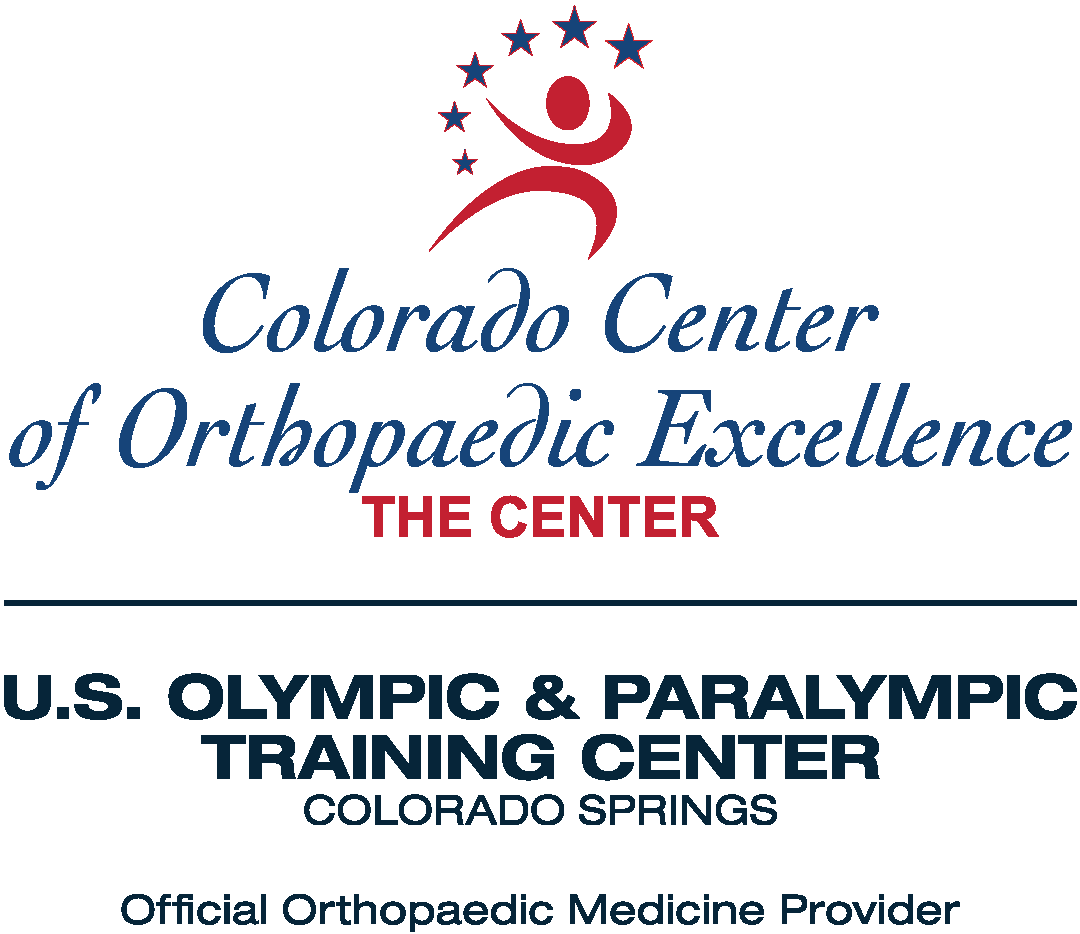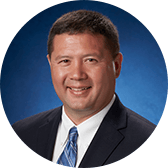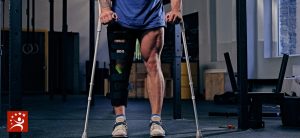The brachial plexus is the network of nerves that sends signals from the spinal cord to the shoulder, arm, and hand. What commonly happens is the patient has no idea they have a severe injury to the brachial plexus. They know their hand or arm is not working properly, but they often don’t know why, or that there may be a way to treat the problem. It’s important to consult with a trained and experienced orthopedics specialist right away. The place you’re going to get not just the most, but the best help is at the Colorado Center of Orthopaedic Excellence in Colorado Springs, Colorado.
OVERVIEW
A brachial plexus injury occurs when the network of nerves mentioned above is stretched, compressed, or in the most serious cases, ripped apart or torn away from the spinal cord. It’s possible to injure the brachial plexus without knowing it, but the consequences can include temporary numbness of the arm, pain, and loss of sensation. Minor brachial plexus injuries, known as stingers or burners are common in contact sports such as football. Other conditions, such as inflammation or tumors may affect the brachial plexus. The most severe injuries usually result from automobile or motorcycle accidents.
ABOUT THE BRACHIAL PLEXUS
The brachial plexus is formed as the nerves to the arm, hand, and fingers pass from the spinal cord, between the bones of the neck (vertebrae), and go into the arm. Along the side of the neck, near the shoulder, these nerves merge. From there, they branch out to form a “highway system,” or “plexus,” of nerves. This system of nerves then travels behind the collarbone (clavicle) and spreads out into the arm. The nerves that go to the shoulder lie higher in the neck than those that travel to the hand and fingers. Nerves that provide feeling to the hand and fingers lie lower in the neck and deep in the armpit. The five nerves are:
- Musculocutaneous nerve– flexes muscles in the upper arm, at both the shoulder and elbow
- Axillary nerve– helps the shoulder rotate and enables the arm to lift away from the body
- Medial nerve– enables movement in the forearm and parts of the hand.
- Radial nerve– controls various muscles in the upper arm, elbow, forearm, and hand
- Ulnar nerve– allows for fine motor control of the finger
WHAT IS A BRACHIAL PLEXUS INJURY?
Brachial plexus injuries are categorized according to how the nerves are damaged and the severity of the injury:
Brachial Plexus Neuropraxia (Stretch). When the nerves are stretched to the point of injury, it is referred to as neuropraxia. There are two main ways this injury occurs; compression and traction. Compression neuropraxia is the most common form and generally occurs in older adults. Traction injuries are more common among adolescents and young adults. These injuries are often referred to as burners or stingers, depending on whether the main symptom is a burning or stinging sensation. They can also feel like an electric shock.
Brachial Plexus Rupture. This occurs when a forceful stretch causes the nerve to tear, either partially or completely. They can cause weakness in the shoulder, arm, or hand and can even make certain muscles unstable. They can also be associated with severe pain.
Brachial Plexus Neuroma. Sometimes when nerve tissue is injured, scar tissue can form as the nerve attempts to repair itself. This scar tissue is called a neuroma, and it may result in a painful knot on one of the brachial plexus nerves.
Brachial Neuritis. Also called Parsonage Turner Syndrome, this is a rare, progressive disorder of the brachial plexus. It causes sudden, severe shoulder and upper arm pain and progresses from pain to weakness, muscle loss, and even loss of sensation. The cause is unknown but could be related to an autoimmune response triggered by infections, injury, childbirth, or other factors.
Brachial Plexus Avulsion. This occurs when the root of the nerve is completely separated from the spinal cord. This injury is usually caused by trauma such as a car or motorcycle accident. Because it is difficult and usually impossible to reattach the root to the spinal cord, avulsions can lead to permanent weakness, paralysis, and loss of feeling.
Erb’s Palsy. Though rare, some newborns suffer a brachial plexus injury during childbirth. It can happen if the baby’s shoulder crushes against its mother’s pubic bone if its head and neck are pushed away from the shoulders, or if the baby’s shoulders are stretched too much during a normal vaginal delivery.
CAUSES
In adults, brachial plexus injuries have a range of causes including:
- Blunt trauma: such as falls or motor vehicle accidents.
- Athletic injuries: especially from contact sports like football.
- Gunshot wounds: a bullet tears through or close to the nerves.
- Medical trauma: a nerve is cut during a surgical procedure, or damaged by an injection or the positioning of the body during surgery.
- Cancer: a tumor invades the brachial plexus.
- Radiation therapy: radiation treatment in the area damages the nerves.
SYMPTOMS
Symptoms depend on where along the length of the brachial plexus the injuries occur and how severe they are. Usually, only one arm is affected. Common symptoms of brachial plexus injuries are:
- Pain
- Numbness or loss of feeling in the hand or arm.
- Inability to control or move the shoulder, arm, wrist, or hand.
- An arm that hangs limply
- Burning, stinging, or severe and sudden pain in the shoulder or arm.
- Loss of feeling
- Limited or no active range of motion
- Electric shocks
NON-SURGICAL TREATMENTS
Mild brachial injuries respond well to a combination of non-surgical treatment options. Your doctor may recommend one or all of the following:
- Physical therapy to learn exercises that may help restore function in the arms and hands and improve range of motion and flexibility in stiff muscles and joints.
- Corticosteroid creams or injections to help manage pain during healing.
- Assistive devices such as braces, splints, and compression sleeves.
- Medications to help manage pain.
- Occupational therapy to work on practical skills like dressing and cooking in cases that involve severe muscle weakness, numbness, and pain.
WHEN IS SURGERY INDICATED?
Brachial plexus injuries that fail to heal on their own may require surgery to repair the damage. Having brachial plexus surgeries within three to six months after the injury offers the best chance for successful restoration of function. Waiting too long (two years or more) to have surgery can cause the muscles in the neck, arm, and shoulder to permanently shrink (atrophy). The goal of brachial plexus surgery is to relieve pain and restore sensation and motor function to the shoulder, arm, and hand. Surgical approaches consider the type, location, and extent of nerve injury. as well as the impact of the injury on the ability to work and quality of life. Procedures a surgeon might recommend include:
- Nerve repair: reconnecting a torn nerve.
- Neurolysis: removing scar tissue from the injured nerve to improve function.
- Nerve graft: using a healthy nerve from another part of the body to connect two ends of a separated nerve, guiding the healing process.
- Nerve transfer: attaching a less important but still functional nerve to the damaged nerve, creating a framework for new growth.
- Tendon and muscle transfers: moving a less important tendon or muscle from one part of the body to the arm to restore function.
GETTING THE RIGHT DIAGNOSIS. GETTING THE RIGHT DOCTOR.
The caring, knowledgeable orthopedic surgeons at the Colorado Center of Orthopaedic Excellence in Colorado Springs, Colorado, use advanced technology and sophisticated imaging tests. X-rays, CT scans, MRIs, electromyograms, and nerve-conduction studies, along with comprehensive examinations, help them obtain a detailed, accurate diagnosis of your injury. They are well-known for their surgical technical excellence and innovative abilities to solve both straightforward and complex brachial plexus problems. They have an extensive depth and breadth of experience in microsurgery and regenerative medicine to develop new solutions that improve nerve healing, speed rehabilitation, and improve the outcomes for patients with brachial plexus injuries. This constant, enthusiastic search for improvements in the ability to repair nerves, muscles, and tendons has made the treatment of brachial plexus injuries progressively more reliable and reproducible for patients at CCOE. Schedule an appointment today.














